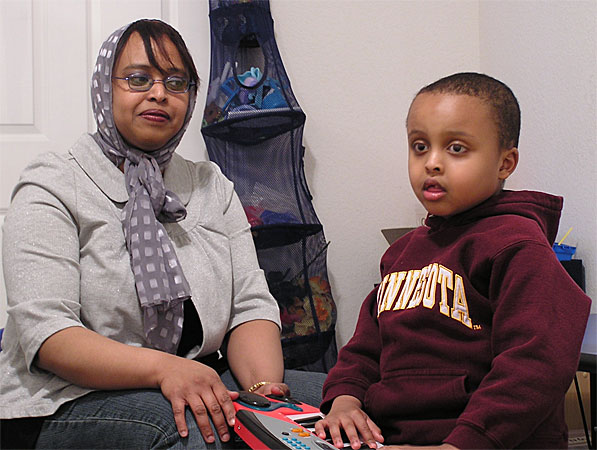When I wrote the post yesterday about Syrian refugees carrying polio to surrounding countries, I went off on a google search of other medical problems relating to refugees (something we have written a lot about in previous posts in our health issues category).
I was especially interested in intestinal parasites as just the day before a friend told me how the presence of parasites can cause all sorts of other health problems not considered initially connected to the parasites. I see that the Centers for Disease Control has an entire section of its website devoted to health issues involving refugees, here (Immigrant and Refugee Health).

As for those parasites, the CDC has guidelines for treatment before the refugees even enter the US, but that they are not always followed:
These guidelines are recommendations for the International Organization for Migration (IOM) physicians and other panel physicians who administer overseas predeparture presumptive treatment for intestinal parasites. While most recommendations have been implemented, not all refugee populations listed in this document are receiving all recommended pre-departure medications, due to funding restrictions and logistical challenges.
I’m presuming that the federal refugee contractors (and their approximately 300 subcontractors) are training all of their volunteers about health safety precautions when dealing with newly arrived refugees who may have TB, HIV/AIDS, polio, or parasites to name just a few highly communicable health risks.
Obesity in Somali women noted in Swedish study
Unrelated to the CDC, but not worth a whole post on it’s own, is this medical news from Sweden. Somali women get fat on western diet, have low self-esteem, feel alienated from society and have a higher risk of heart attacks.
The last-decade incidence of myocardial infarction (MI) has diminished dramatically in most age groups but not in middle-aged women in Sweden. There has been a large influx of immigrants and it has been shown that immigrant women have a higher BMI and are less physically active than Swedish women.
[….]
The study revealed that Somali migrated women in Sweden had changed their diet and experienced weight increase. They reported low self-esteem and little motivation for physical activity. They understood that they had a higher risk for heart disease as compared to Swedish women and they had, in general, a preference for big body size. The women of this study are, in combination with other risk factors, at a high risk of myocardial infarction. They all revealed a general knowledge about the relationship between obesity and inactivity and enhanced risks for heart disease. They had a preference for a larger female body image. They expressed low self-esteem, loneliness, and alienation from society.
Since the study was so small, the recommendation is for a larger study. I think we can assume, however, that parasites are not the primary cause of the women’s health problems in this case.
The cartoon is from this article about the dangers of tapeworm dieting!




